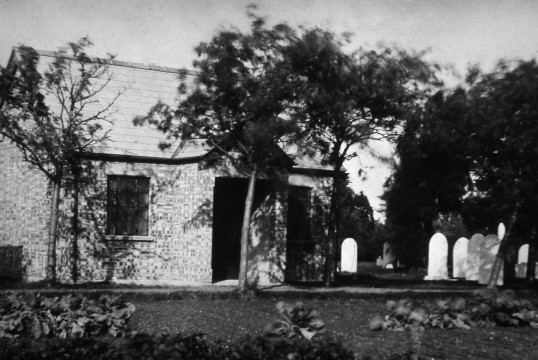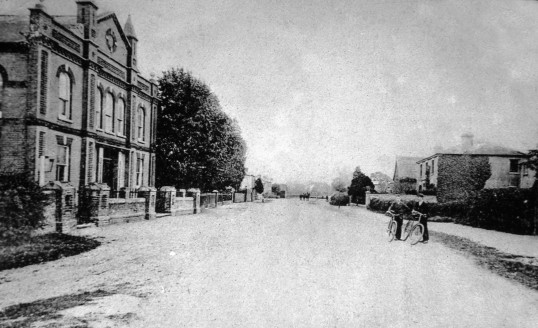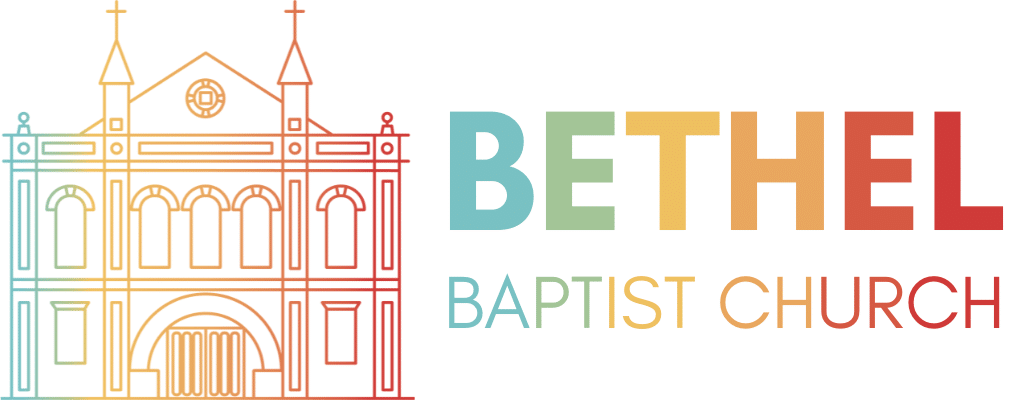Our Story
The Bethel story began in 1840 when a group of nine villagers met in the cottage of Stephen Hayes and decided to form a Church. One of the nine was William Carter who donated the land and £100 so that a small wooden Chapel could be erected with a schoolroom behind.
Rev. Daniel Cranbrook became the first minister in 1842 and the wooden chapel was replaced by a brick building seating 250.
By 1851 attendence had reached on average 150 adults in the morning and evening and 200 in the afternoon. The building was further enlarged in 1853 and in 1868 the congregation were able to replace the chapel with the yellow brick and red-brick dressed one which we have today.
When built, it contained a very large, high pulpit to demonstrate the importance of “preaching the word”. A generous “rostrum” for the choir covered the baptistery and a schoolroom was built at the back to accommodate important work with children.






The 150th anniversary in 1990 was celebrated in fine style with an in-house production of the “Witness”, the publication of a booklet recording the history, and other events befitting the occasion.
In 1996 the pews were removed to make way for chairs, the pulpit was lowered to the level of the stage later being replaced by a movable one, has opened up the building for use in a variety of ways.
A generous donation at the end of the century enabled the Church to build a large extension which made it possible to get rid of three portacabins which for sometime had provided accommodation for young peoples’ work. Now there was a large open space, storage room, an office for the minister and a quiet room for small meetings.
Recent years have seen the premises become available for use by community groups making the building more “people friendly”. The corework of the Church to spread the Gospel continues in groups within the Church, by forging closer ties with the Anglican Church and various activities in the local schools
